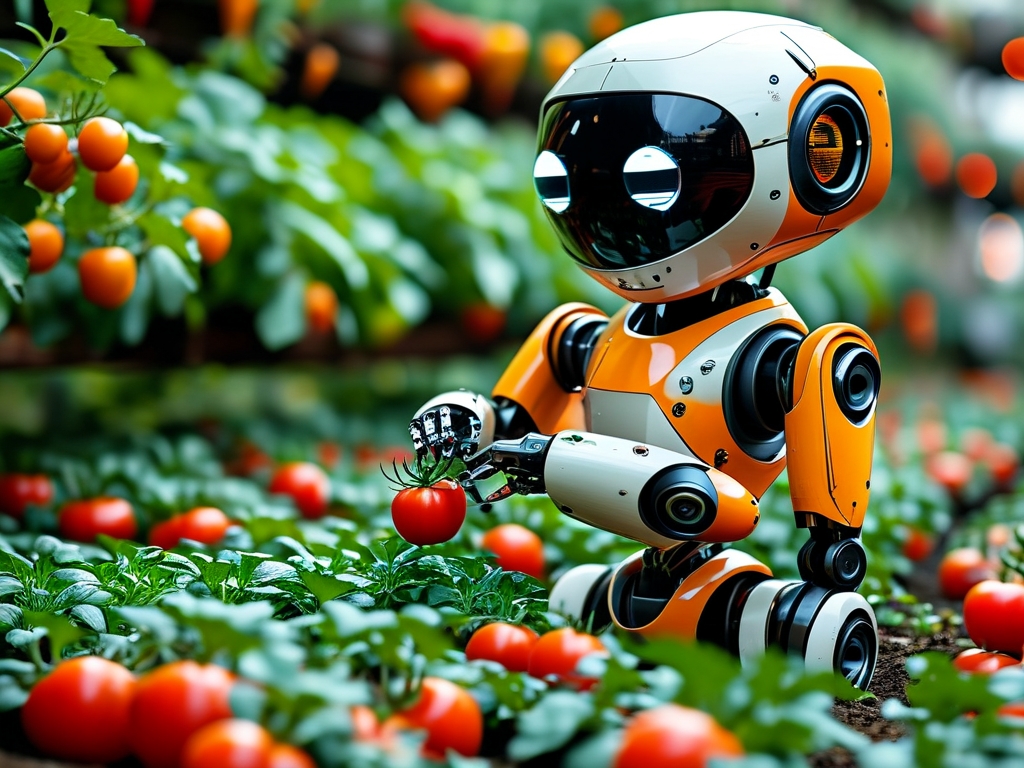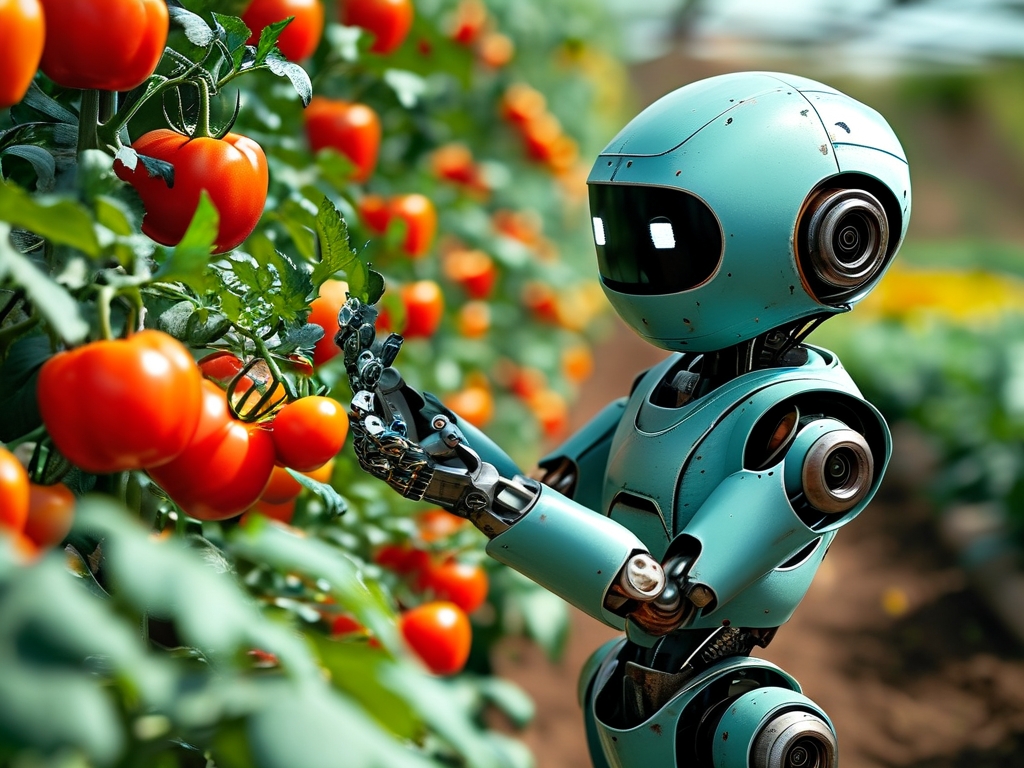In recent years, the agricultural sector has witnessed a technological revolution, with robotic vegetable planting emerging as a groundbreaking innovation. This technology combines automation, artificial intelligence (AI), and precision mechanics to optimize crop cultivation, reduce labor costs, and enhance sustainability. Below, we delve into the core principles of robotic vegetable planting technology, exploring its mechanisms, applications, and future potential.
1. Core Components of Robotic Vegetable Planting Systems
Robotic vegetable planting systems rely on three key components: automated machinery, AI-driven decision-making, and sensor-based environmental monitoring.
-
Automated Machinery: Robotic arms equipped with specialized end-effectors (e.g., grippers, seed dispensers) perform tasks such as seeding, transplanting seedlings, and spacing plants. These machines are programmed to follow predefined paths or adapt dynamically using real-time data. For example, a robotic arm might use suction cups to delicately pick up seedlings without damaging their roots.
-
AI-Driven Decision-Making: Machine learning algorithms analyze data from cameras, soil sensors, and historical growth patterns to optimize planting strategies. Computer vision enables robots to identify ideal planting locations, detect soil quality, and even diagnose plant health issues. For instance, an AI model trained on thousands of crop images can distinguish between healthy and diseased seedlings, ensuring only viable plants are cultivated.
-
Sensor Networks: Sensors monitor environmental variables like temperature, humidity, soil moisture, and light intensity. This data is fed into the AI system to adjust irrigation schedules, nutrient delivery, and greenhouse conditions. Advanced systems use sensor fusion-combining inputs from multiple sensors-to create a holistic view of the farming environment.
2. Workflow of Robotic Planting
The robotic planting process follows a structured workflow:
-
Land Preparation: Autonomous tractors or drones survey the field to map terrain and soil composition. This data guides the placement of crops based on soil fertility and sunlight exposure.
-
Seed Selection and Sowing: AI algorithms select optimal seeds for specific soil zones. Robotic seeders plant seeds at precise depths and intervals, minimizing waste and maximizing germination rates.
-
Transplanting Seedlings: In greenhouse settings, robots transfer seedlings from trays to soil beds. Vision systems ensure proper alignment and spacing, critical for avoiding overcrowding.
-
Real-Time Adjustments: Throughout the growth cycle, robots perform tasks like weeding, fertilizing, and pruning. For example, laser-guided weeders target invasive plants without harming crops.
3. Advantages Over Traditional Methods
Robotic vegetable planting offers transformative benefits:
-
Labor Efficiency: Automating repetitive tasks reduces reliance on manual labor, addressing workforce shortages in agriculture.

-
Precision and Consistency: Robots achieve millimeter-level accuracy in seed placement, ensuring uniform growth and higher yields.
-
Sustainability: By optimizing resource use (e.g., water, fertilizers), robotic systems minimize environmental impact. Sensors detect over-irrigation, preventing water waste.
-
Scalability: These systems are adaptable to diverse environments, from small vertical farms to large open fields.
4. Challenges and Limitations
Despite its promise, the technology faces hurdles:
-
High Initial Costs: Developing and deploying robotic systems requires significant investment in hardware and software.

-
Technical Complexity: Integrating AI with mechanical systems demands expertise in robotics, agronomy, and data science.
-
Dependency on Data Quality: Flawed sensor data or biased AI models can lead to suboptimal decisions, affecting crop outcomes.
5. Future Directions
The future of robotic vegetable planting lies in enhancing autonomy and adaptability. Researchers are exploring:
-
Swarm Robotics: Deploying fleets of small robots to collaboratively manage large fields.
-
Edge AI: Processing data locally on robots to reduce latency and improve decision-making speed.
-
Climate Resilience: Training AI models to predict and mitigate the effects of extreme weather on crops.
6. Case Study: Greenhouse Automation
In the Netherlands, a leading agrotech hub, robotic systems manage 60% of greenhouse operations. Companies like Certhon use AI-powered robots to handle seedling transplantation with 99% accuracy, boosting tomato yields by 20%.
Robotic vegetable planting technology represents a paradigm shift in agriculture, blending precision engineering with intelligent automation. While challenges remain, its potential to revolutionize food production-making it faster, greener, and more efficient-is undeniable. As AI and robotics continue to evolve, this technology will play a pivotal role in addressing global food security challenges.









